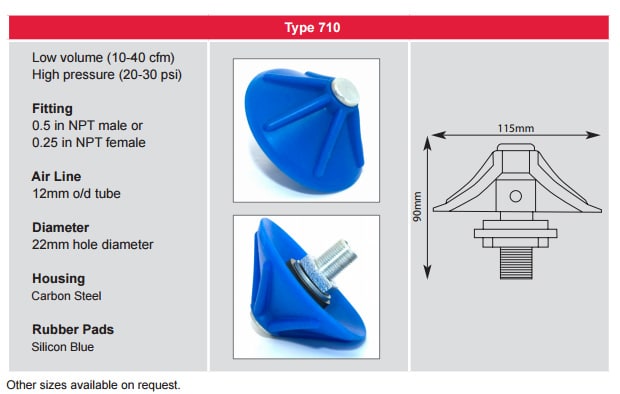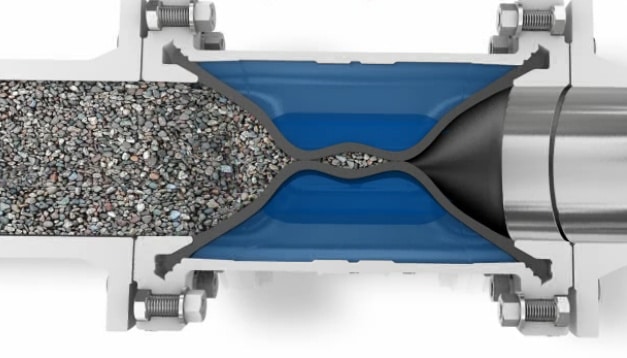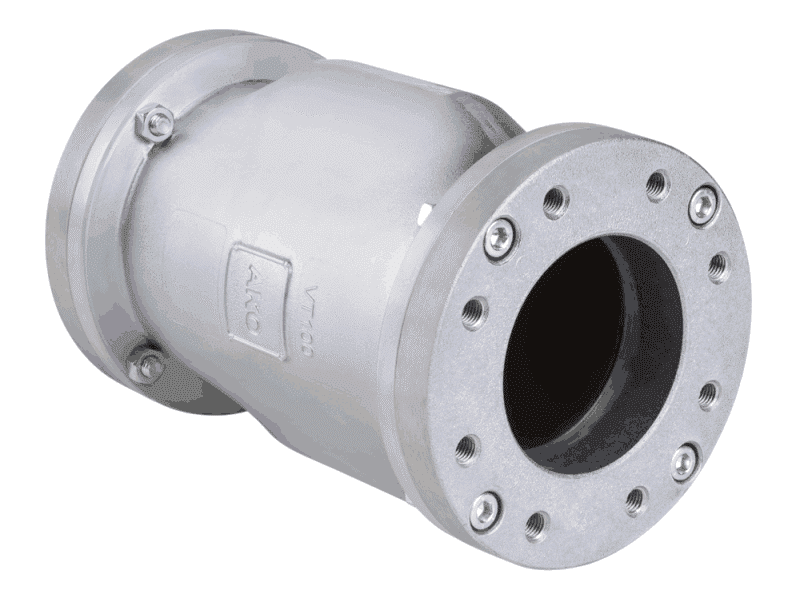Paladon PV Bought out by AKO UK
AKO Pinch Valves are also a lot more light weight because they no longer have heavy cast iron flanges. Instead they now come in aluminium with a choice of bushing material if required, such as mild steel or stainless steel. The rubber sleeves inside the AKO Pinch Valves are also improved with extra walls,…












